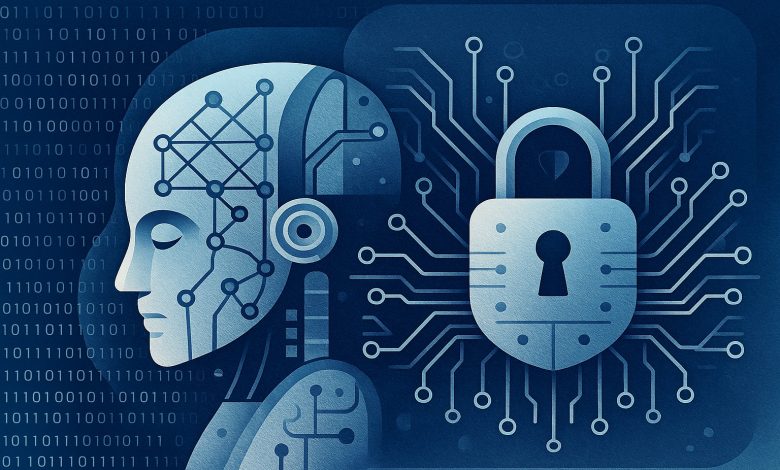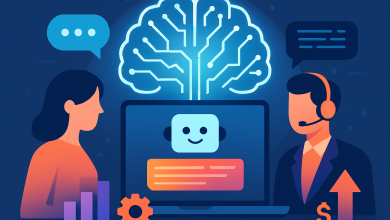
The Core Tension: AI Wants Data, Privacy Wants Boundaries
Artificial intelligence gets its power from lots of data. The more detail a set has, the better a model usually works. Studies on text, pictures and recommendation tools all show this pattern – each new data point, each new group of people, opens up new possibilities for what the algorithm can learn. That sounds good, until you remember privacy rules. Laws and ethics tell us to hide personal bits, to keep people’s control over their own info. This isn’t a small design nuisance; it’s a built‑in clash. If we treat privacy like an after‑thought checkbox, we either hurt how well the model works or break the rules. So privacy should be a main design goal, baked in from the start of any AI project.
Common Pitfalls When AI Meets Privacy
- Consent gaps and fuzzy use – Most consent forms were written for static data, not for models that can guess new, hidden facts. If an AI says a shopper probably has a certain illness from their buying habits, the original consent may not cover that. That leaves a legal and moral hole.
- Memorization leaks – Big generative models trained on huge text collections sometimes remember exact little pieces of the data. If those pieces contain names or addresses, the model can spout them back out, letting strangers piece together a person’s identity.
- Re‑identifying “anonymous” data – Taking away obvious IDs isn’t enough any more. Attackers can link stripped‑down records with public info – like social media or government lists – and rebuild who the person is. The assumed privacy shield then crumbles.
- Jurisdiction puzzles – Data flows cross borders, but laws don’t. The EU’s GDPR, California’s CPRA, new Asian rules and fresh AI‑specific bills each ask for different things about consent, minimization and explainability. Companies often lack a fluid way to keep up.
- Siloed teams – Data scientists, lawyers and ethicists often work apart. Without a shared language and joint governance, privacy risks stay hidden until a audit or breach forces a costly fix.
- Shadow AI – Employees sometimes play with third‑party APIs, open‑source models or personal data without going through official channels. These hidden projects open new attack surfaces and skip the company’s data‑handling safeguards.
A Privacy‑First AI Framework
- Impact checks first – Before picking a model, run a Data Protection Impact Assessment. List what hidden facts the model could pull out, note possible re‑identification paths and plan how to block them. This turns vague privacy worries into concrete tech steps.
- Use privacy‑boosting tools – Add differential privacy noise to the training process, train with federated learning so raw data stays on phones, try homomorphic encryption to compute on encrypted data, look at secure multiparty computation for joint model building, and swap risky rows for synthetic data that keeps the statistics but loses the personal bits.
- Tighten governance and access – Keep only the features you really need, version data sets immutably, give out access by role and log every change. A clear data lineage makes anyone accountable.
- Bring ML, law and ethics together – Write an AI Acceptable Use Guide that spells out what data sources are ok, what model behaviors are allowed and how to raise issues. Build this guide into the code pipeline and set joint review gates at design, launch and major updates so all three teams sign off.
- Give users power – Let people choose narrowly what kinds of inference they agree to. Show them dashboards that explain how a model’s output affects them. Provide ways to ask for deletion, correction or to revoke derived facts, as required by GDPR’s right‑to‑erase and California’s opt‑out rules.
- Audit all the time – See privacy as a living thing. Run red‑team attacks to test for leaks, watch for concept drift that could surface new private attributes, rotate models to shorten exposure windows and hire external auditors to check that the privacy tools still work against new threats.
Looking Ahead: The Next Five Years
- AI‑focused rules – Governments are moving toward laws that force explainability, mandatory leak checks and give users the right to challenge automated decisions. Privacy will become a core legal pillar of AI.
- Privacy tools become normal – As libraries for differential privacy, federated learning and homomorphic encryption become easier to use, they will shift from rare research projects to standard parts of any commercial AI stack. Companies that adopt them early will pull ahead.
- Reputation beats fines – Customers, investors and partners will judge firms more on how transparent their AI is than on the size of any monetary penalty. Bad press will hurt more than a warning from a regulator.
- Many “citizen AI” makers – Low‑code AI platforms will let non‑technical staff build models, widening the risk area beyond central data‑science teams. This makes enterprise‑wide privacy guards even more vital.
- New domains stress the system – Work in genomics, self‑driving cars and massive IoT sensor networks will produce data too fine‑grained for today’s de‑identification tricks and consent methods. Those fields will force us to rethink privacy architecture from the ground up.
Final Word
Privacy and AI should not be painted as enemies. Think of privacy as a co‑pilot that guides AI toward trustworthy, lasting, socially useful results. By making privacy a first‑class mindset—through early impact checks, solid privacy‑enhancing tech, clear governance, real user choice and nonstop auditing—companies can dodge scandals, stay within the law and let AI deliver its full, positive power to society.




